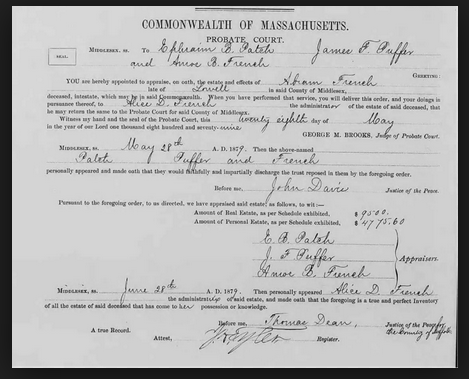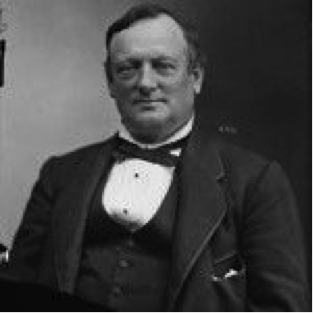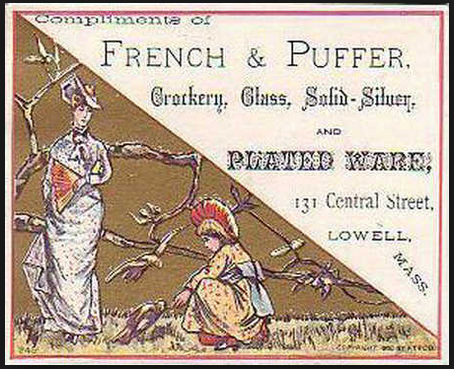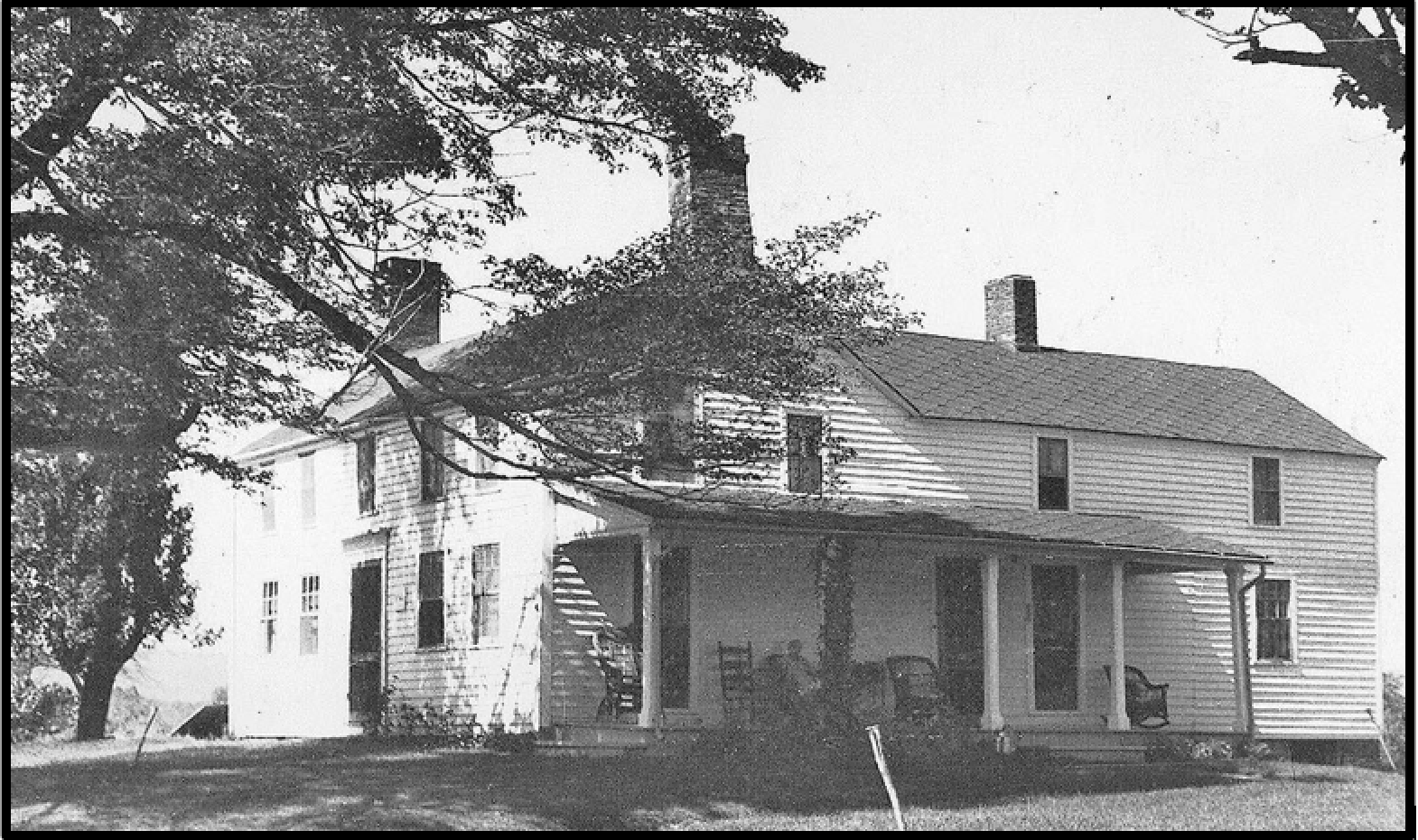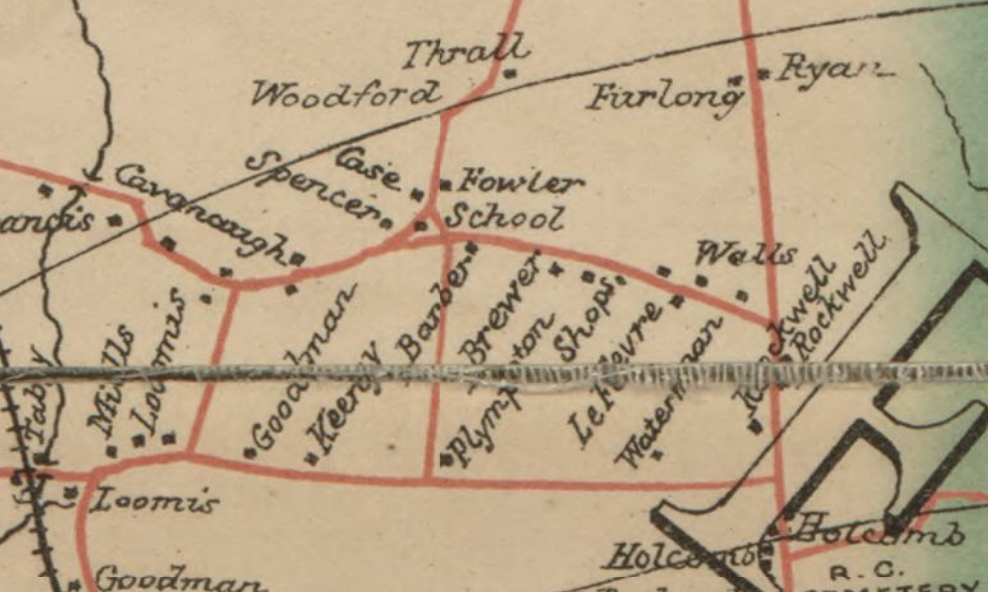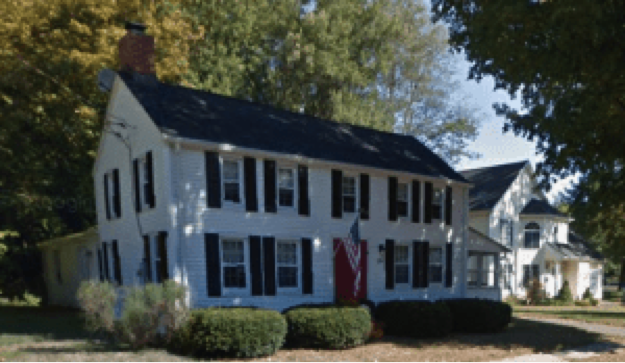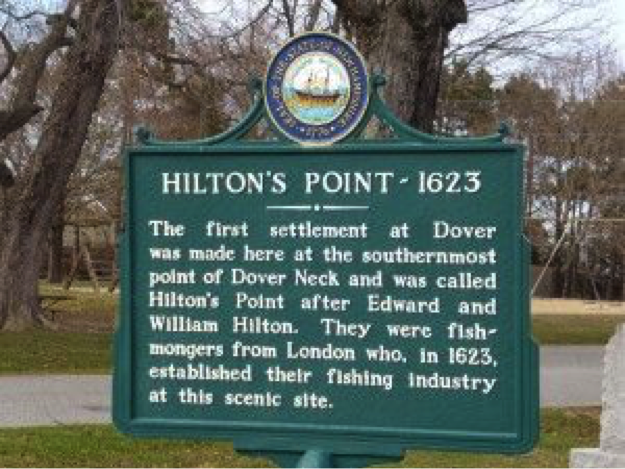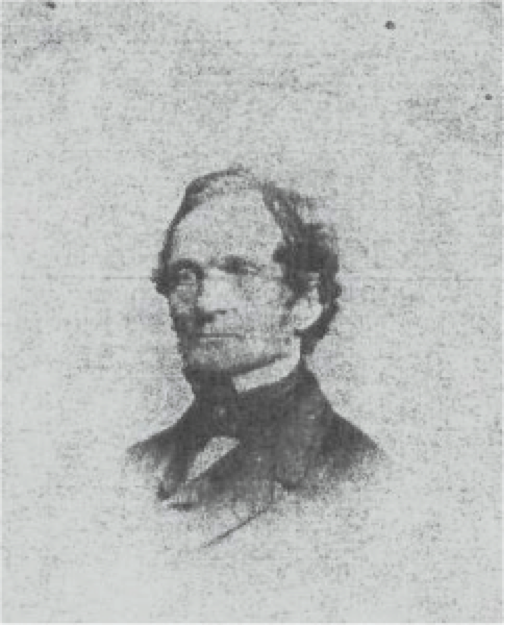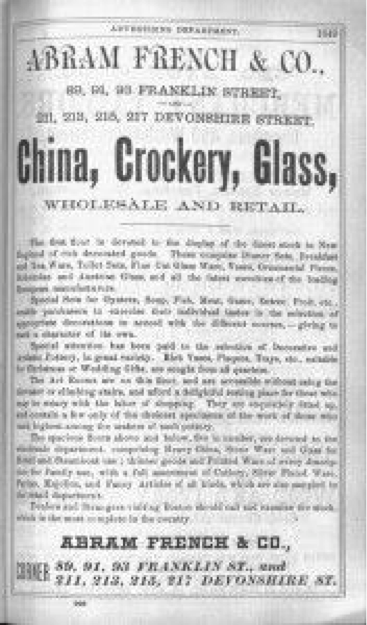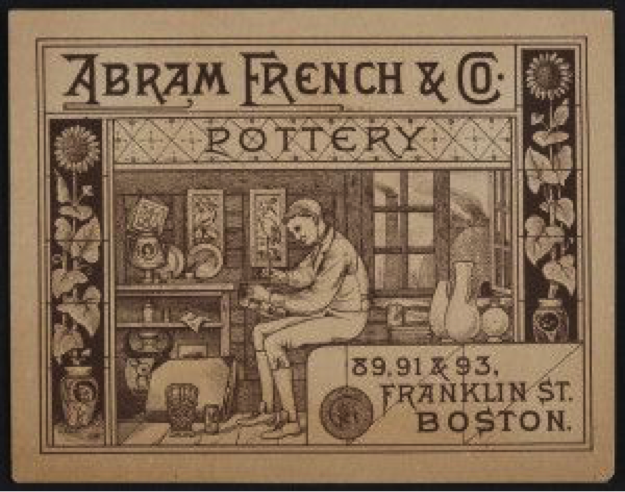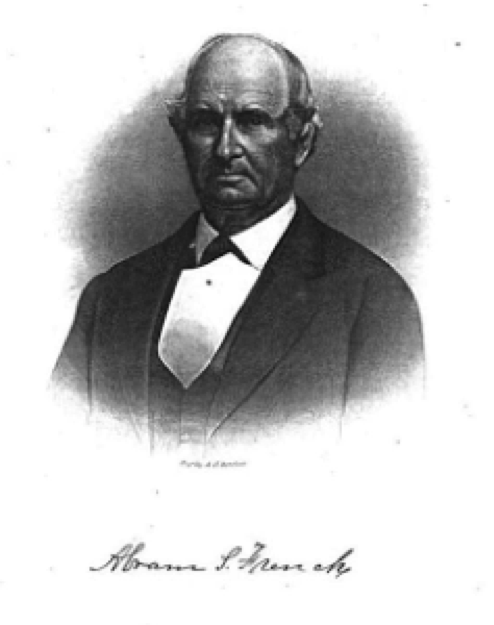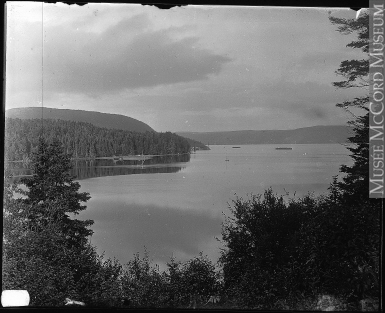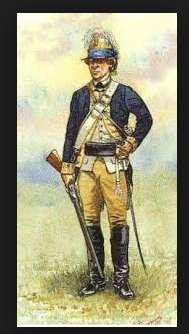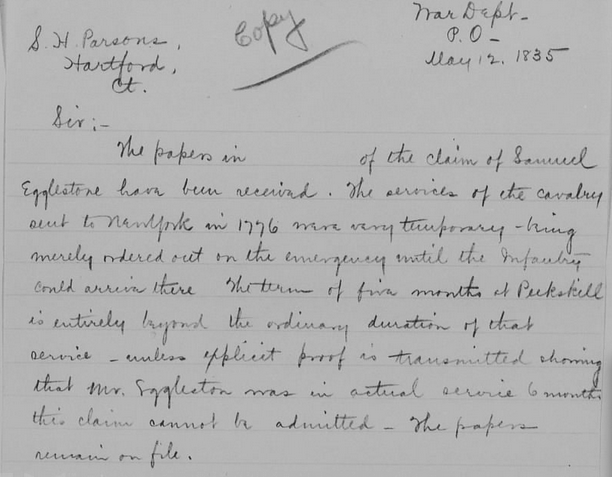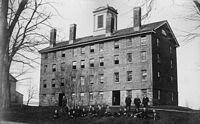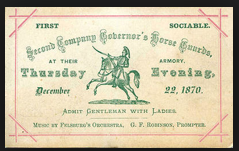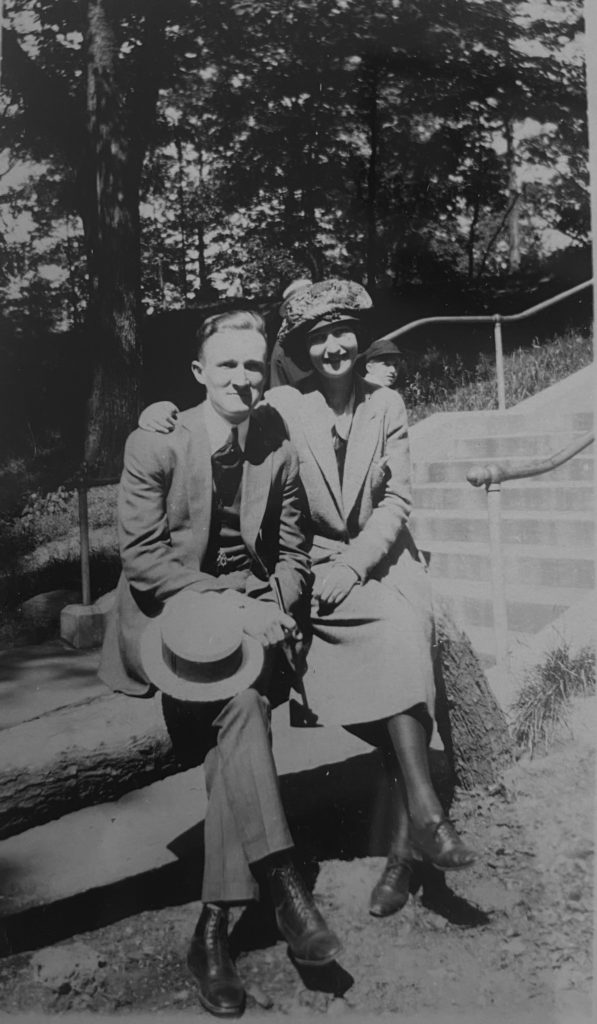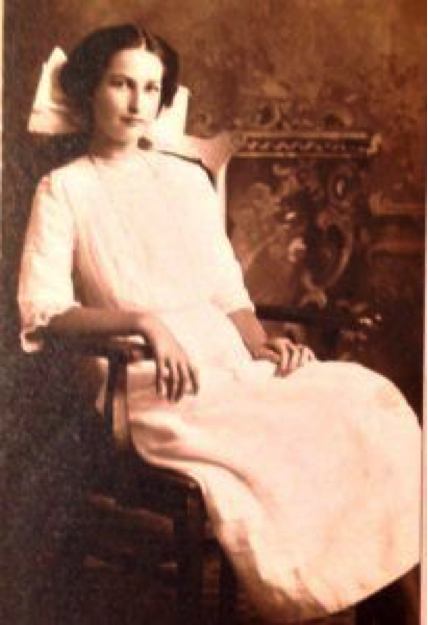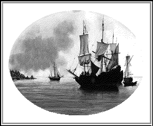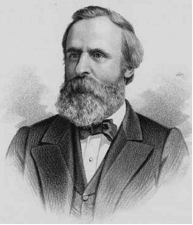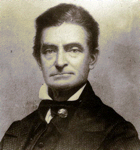A Sinner, a Hamburger and a Tsarina
This is a story of immigration on a global scale. The starting point for the tale is Helen Maul, the daughter of Henry and Anna Maul. Her father, Henry or Heinrich, was born in Norka, Russia, a 4th generation Volga-German. Although Henry represented the 4th generation of Maul’s born in Russia, when he came to America he identified as a German.
Helen was
born and raised in Hastings, Nebraska and later married Jack Cronin.
Helen Cronin is my daughter’s maternal great grandmother.
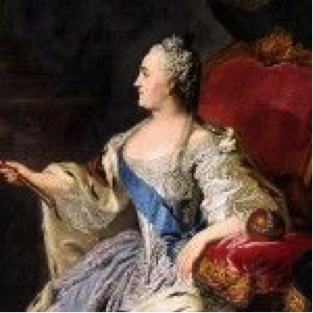
In 1763,
Russia’s tsarina Catherine the Great signed a manifesto inviting foreigners to
settle in Russia. A German national herself, Catherine’s decree marked the
beginning of the journey of the Maul family from Germany to Russia and then
America. As we move back through the generations, Maul men married women who
were Sinner’s and Hamburger’s. These families moved from Germany to Russian in
an effort to escape religious strife and economic hardship. A century after the
first Germans settled in Russia, Czar Alexander III revoked many of the
privileges promised to them by Catherine the Great and it was time to find
another promised land.
The manifesto promised the immigrants: exemption from military service, self-governance, freedom of language, tax breaks, initial financial aid, 75 acres of land per settler family, and “the free and unrestricted practice of their religion according to the precepts and usage of their Church.” Between 1763 and 1768 more than 25,000 Germans established 104 colonies in Russia. The families highlighted in this story resided in Isenburg, which was a former county located in the German state of Hessen near Frankfurt and settled in Norka, Russia. The trip to the Volga region of Russian (map) was no easy exploit; it was a 1,600-mile trek from the Hesse region to Norka, Russia. It is estimated that 17% of those who attempted this journey did not survive the trip.
Tsar
Alexander III in the 1870’s revoked Catherine’s privileges. Rather than face
compulsory schooling in the Russian language and five years of service in the
Russian Army, many Volga German families decided to emigrate to America.
Catherine the Great and the ‘Russian-Germans’ – Article about those that stayed behind in Russia.
The Hesse-Norka Families
Maul Family
Carl (Karl)
Maul b: 1747 in Isenburg, Hesse, Germany d. 1799 in Norka,
Russia Married: Anna Margaretha Doerr b: 1749 in Hesse, Germany d. 1798 Norka,
Russia.
Original
Norka settler, 1st wife Anna Margaretha Dörr, 2nd wife Margaretha Weigandt in
1775, daughter of Konrad Weigandt. Carl was an apprentice to Konrad
Weigandt, a craftsman from Isenburg. Reformed faith church, farmer from
Isenburg, arrived in Oranienbaum (not far from St. Petersburg) on Sept. 9, 1766
by the ship Elephant, arrived in Norka colony on Aug. 15, 1767.
Johannes Maul
b: ABT 1784 in Norka, Balzer, Saratov, Russia d. 1819
Russia. Married: ?
Conrad Maul b: 22 Aug 1809 in Norka, Russia d. 1876 in Norka, Russia.
Married: Anna Margaretha Gobel b: 26 Jul 1812 in Norka, Russia d. 1851 Russia.
Heinrich Maul b: 2 Feb 1835 in Norka, Russia d. 1888 in Norka, Russia. Married:
Magdalena Hamburger b: 21 Oct 1835 in Norka, Russi.
Heinrich Maul b. 17 Sep 1863 in Norka, Russia. Married: Elisabeth Sinner b: 3
Sep 1862 in Norka, Russia.
Heinrich
Jacob Maul b. 1 Apr 1886 in Norka, Russia.
Married: Anna Schwenninger b: 1887 in Iowa, USA. Daughter: Helen May
(Cronin) b. 1919.
Hamburger Family

Johannes Hamburger b: 1744 in Isenburg, Hesse, Germany d. 1821 Norka,Russia. Arrived in Norka colony on 15 Aug 1767. Handicraftsman, Tailor – Reformed Church. Married: Anna Catharina Bauer b: 1747 in Germany.
Johannes
brother, Philipp, served in the
Hesse-Hanau Regiment of the Crown Prince on the side of the British in the
American Revolution. During this time he was captured and ransomed.
Philip
Hamburger b: 1775 in Norka, Balzer, Saratov,
Russia d. 1829 Norka, Russia. Married: Elisabeth Huck b: 23 Nov 1777 in Norka,
Russia.
Johannes Hamburger b: 15 Mar 1808 in Norka, Russia. Married: Catharina Schreiber b: 2 Feb 1808 in Norka, Russia. ( I believe both are in photo above)
Magdalena Hamburger b. 1835 in Norka, Russia. Married Heinrich Maul.
Sinner Family
Johann Sinner b: Abt 1715 in Isenburg, Hesse, Germany Married: Anna Maria ? b:
Abt 1720 in Isenburg, Hesse, Germany.
Conrad Sinner b: Abt 1747 in Isenburg, Hesse, Germany. Married: Elisabeth ? b:
1752 in Isenburg, Hesse, Germany.
Johann Heinrich
Sinner b: Abt 1774 in Balzer, Saratov,
Russia. Married: Elisabeth Loos b: 25 Sep 1776 in Norka, Russia.
Conrad Sinner b: 1 Aug 1798 in Norka, Balzer, Saratov, Russia. Married:
Margaretha Koehler b: 22 Jan 1801 in Norka, Russia.
Georg Heinrich Sinner b: 11 Oct 1823 in Norka, Russia d. 1885 in Russia. Married: Magdalena Scheidemann b: 19 Dec 1826 in Norka, Russia.
Elizabeth Sinner b. 3 Sep 1862 in Norka, Russia. Married: Heinrich Maul Jr. on 5 Feb 1885 in Norka

